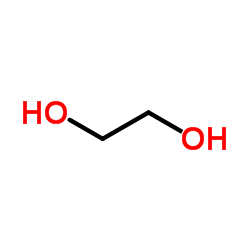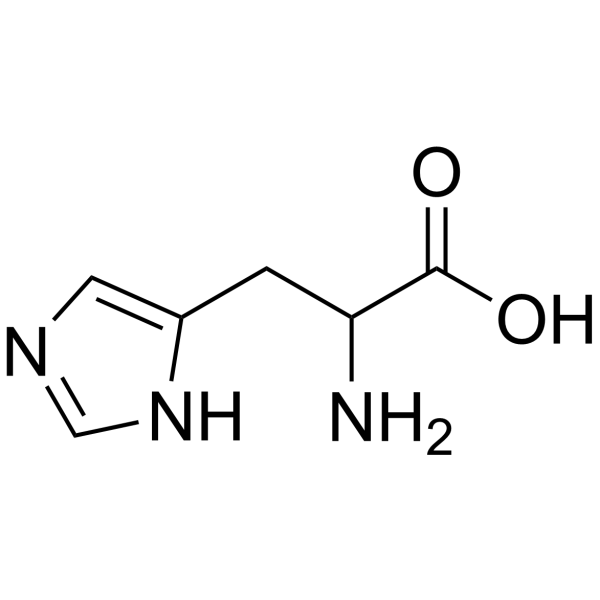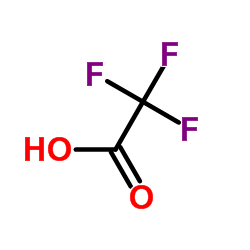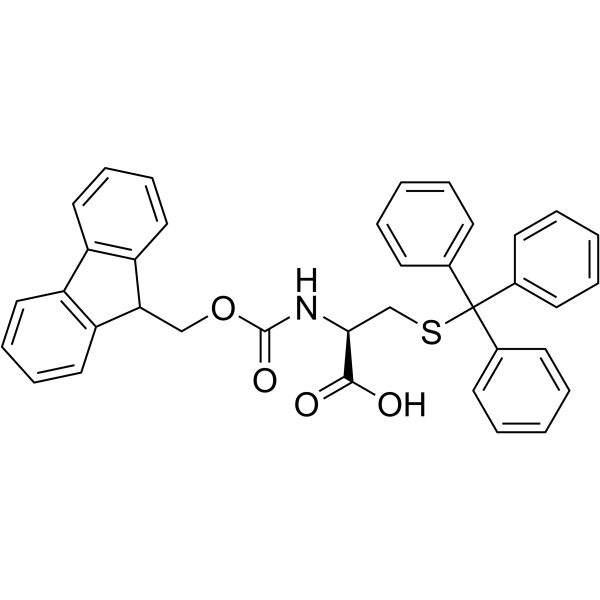| 结构式 | 名称/CAS号 | 全部文献 |
|---|---|---|
 |
氯化钠
CAS:7647-14-5 |
|
 |
乙腈
CAS:75-05-8 |
|
 |
二(2-羟乙基)亚氨基三(羟甲基)甲烷
CAS:6976-37-0 |
|
 |
氯化钠-35cl
CAS:20510-55-8 |
|
 |
乙二醇
CAS:107-21-1 |
|
 |
DL-组氨酸
CAS:4998-57-6 |
|
 |
三氟乙酸(TFA)
CAS:76-05-1 |
|
 |
FMOC-O-叔丁基-L-丝氨酸
CAS:71989-33-8 |
|
 |
Fmoc-S-三苯甲基-L-半胱氨酸
CAS:103213-32-7 |
|
 |
乙二胺四乙酸
CAS:60-00-4 |